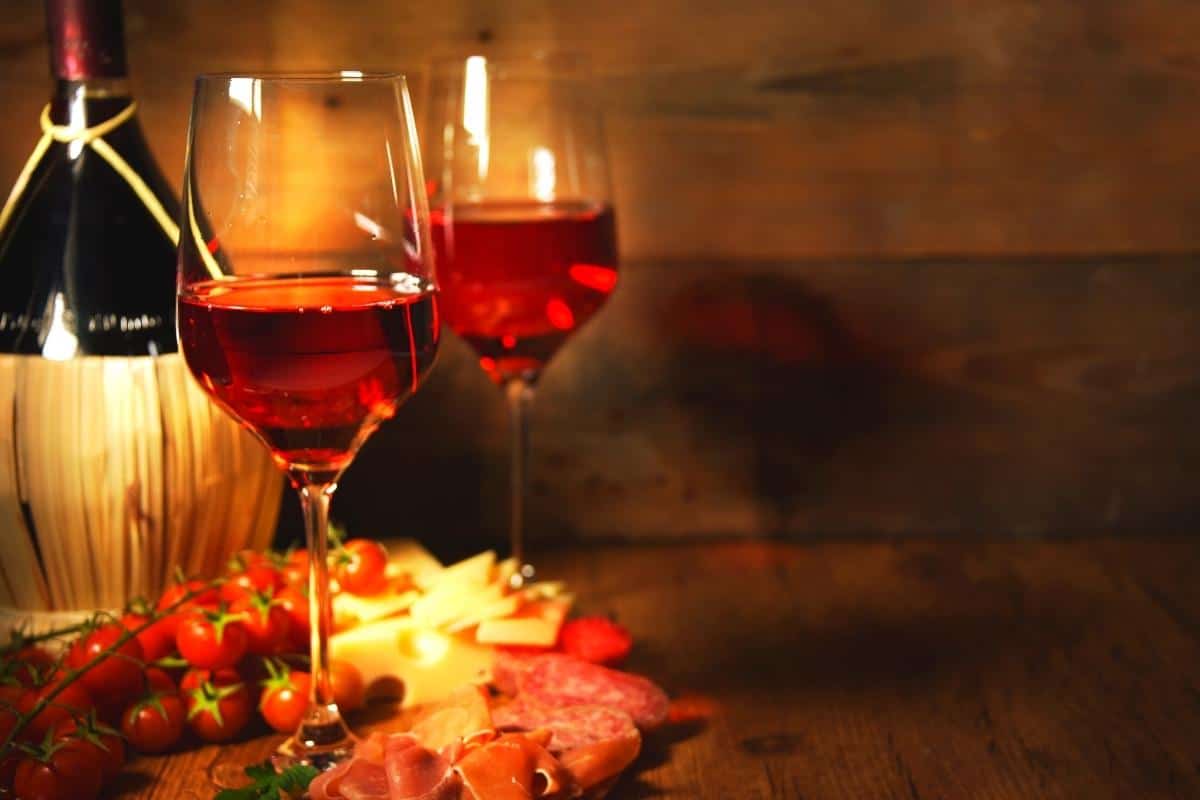Wine and Food: 5 Basic Pairing Rules
This is a collaborative post.
Wine and food can pair together well but equally the wrong wine can ruin a meal. Here is everything you need to know about choosing the right combination.
When choosing a wine accompaniment for dinner, many people wonder what wine pairs best. After all, the hackneyed principle “white to fish, red to meat” does not always work. To understand the whole variety of gastronomic pairs, simple basic rules of compatibility will help.

1. Colour Spectrum
Whitefish, seafood, white meat — this is exactly what white wine is often drunk with. In many cases, red meat dishes are excellent with red options:
- steaks,
- ribs,
- game,
- gammon and smoked meats.
And the rose from puninwine.com wine delivery Cyprus, being an intermediate colour option, goes well with a number of both red and white dishes:
- redfish (tuna, salmon),
- white meat,
- poultry,
- veal,
- and other simple meat dishes.

2. Weight Category
Food and wine should at least roughly match each other in terms of “weight.” In other words, if this rule is not observed, the balance of aromas and tastes in a gastronomic pair will be partially or completely disturbed.
That is why sommeliers usually recommend the most delicate wines (Soave, Orvieto, etc.) for light dishes, such as white fish.
Heavy and fatty foods, on the other hand, require more solid, powerful, and strong wines (aged in oak Chardonnay, bright New World, traditional Tuscan reds, and aged Bordeaux).
3. Sauce Matters
Sometimes, it is better to focus not on the main product but on the sauce with which the dish is served. The wine must match it both in density and aromatic notes.
So, for creamy sauces, such as béchamel, rich whites (aged Viognier and Chardonnay) are suitable, for berry sauces — red wine with similar shades (Pinot Noir, Gamay, Sangiovese).
Pesto or tomato varieties are what to drink light dry white wine with. And for balsamic, it is better to choose reds with a similar nuance in the bouquet (Sangiovese, Tempranillo, and Syrah).

4. Region
It is probably not a secret to anyone that most wines go well with the cuisine of the region where they were produced.
The so-called terroir principle applies here: after all, grapes are grown on the same land as other food products. Not to mention the centuries-old tradition of pairing local wine with local food.
5. Acidity and Tannins
Wines with a pronounced acidity can accompany sour-tasting foods, as well as fatty or salty dishes. In the first case, the rule “similar with similar” applies, and in the second and third — a game of contrasts: acidic wines partially neutralize the taste of too-fat and salty dishes.
Tannins are substances found in higher concentrations in red wines and are responsible for astringency. It is believed that the more tannic the wine, the more proteins should be in the food. For example, the high-tannin Cabernet Sauvignon variety loves meat and other protein products (legumes and mushrooms).
I want to remind you to drink responsibly and know your limits. For support visit DrinkAware.
